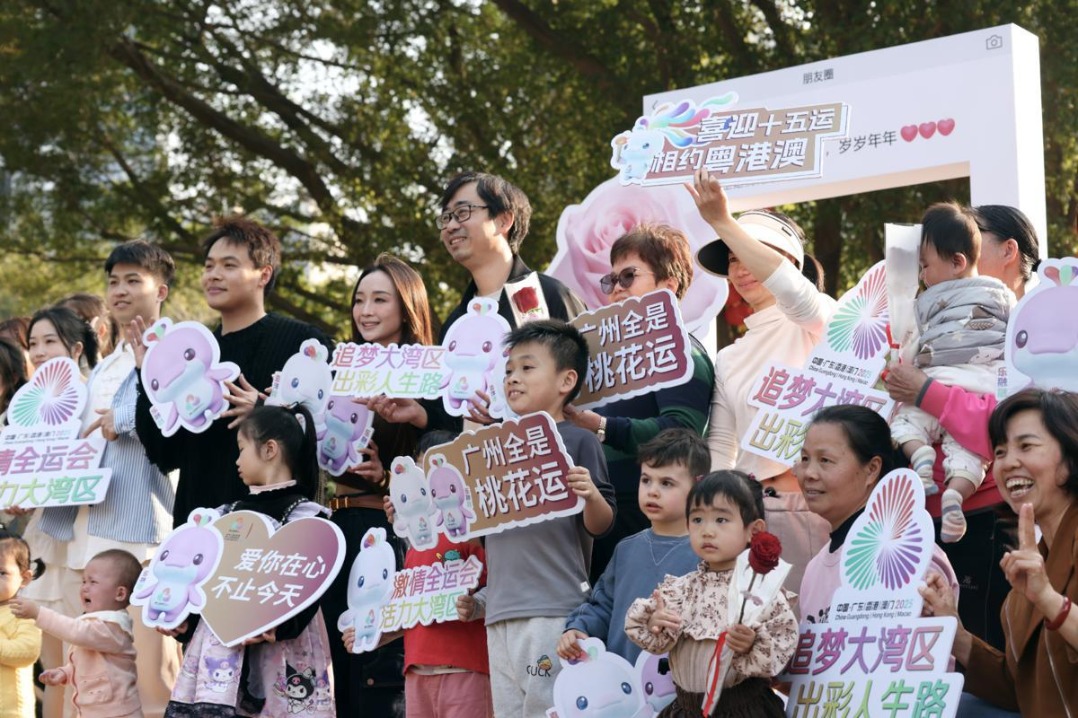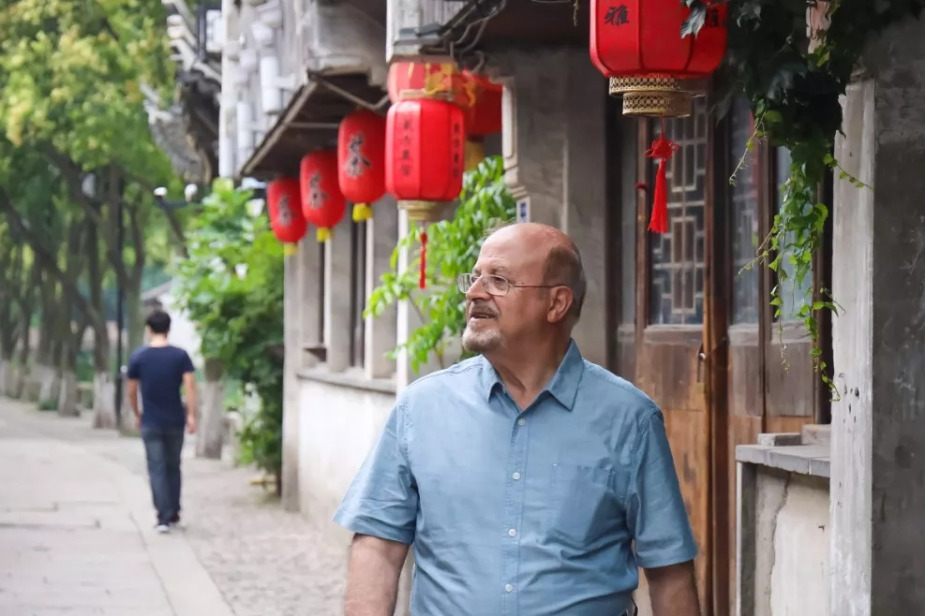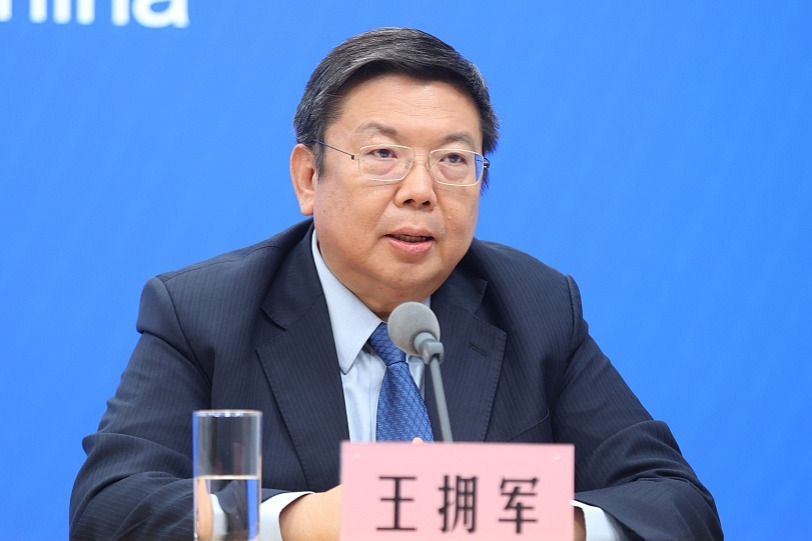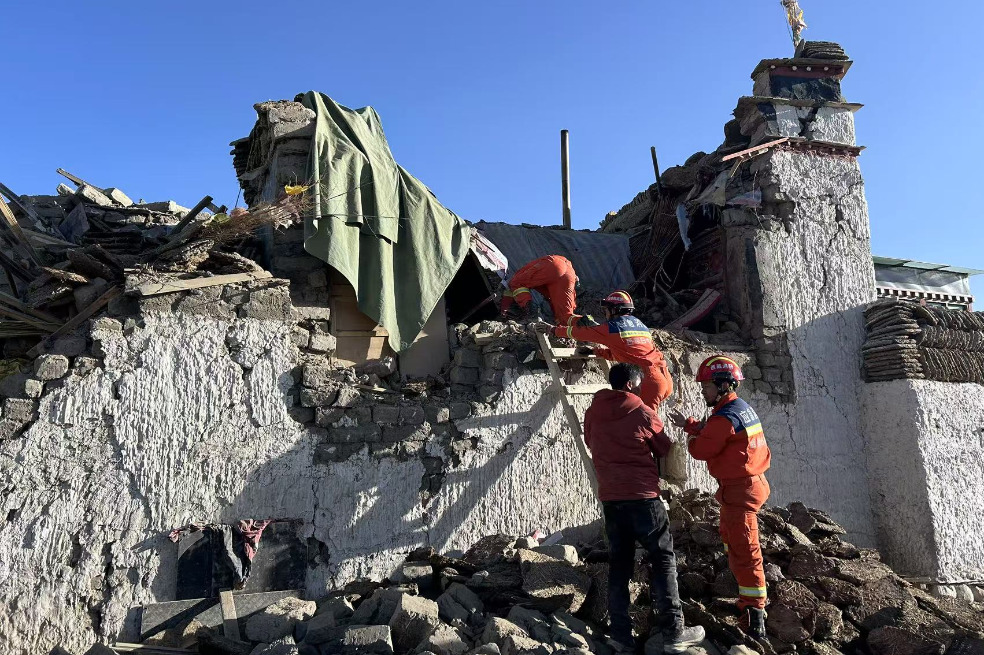Development zone a hotbed for circular economy

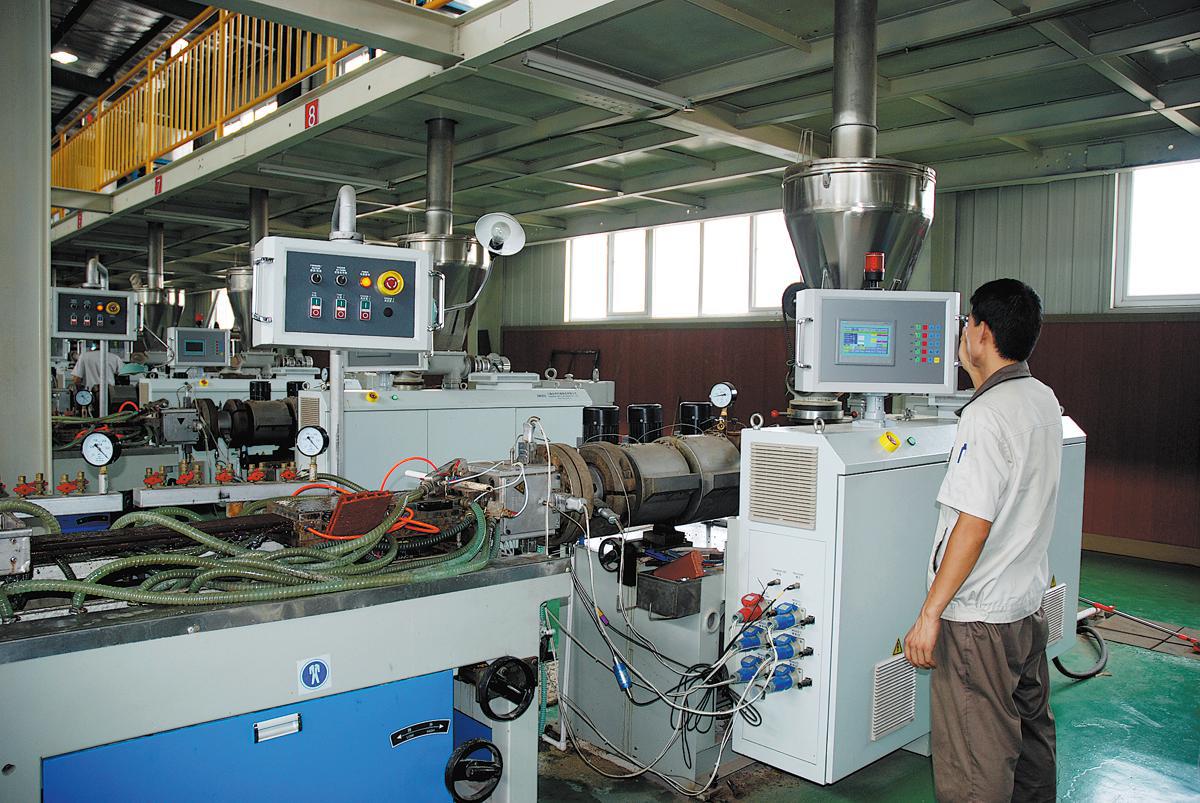
At the headquarters of Sinone Co in the Ziya Economic Development Zone in Tianjin, a giant screen shows details of the company's real-time nationwide recycling operations, along with the subsequent processes they undergo.
Over 18,000 companies have joined this online cloud service platform, and have contributed to 4 million metric tons of recycled goods annually in the past three years.
The online trading volume reached 88 billion yuan ($12 billion) during this period, according to Sinone Co.
Within the company, a whole vehicle can be disassembled into tiny parts in just 15 minutes, utilizing state-of-the-art technologies for reuse in various sectors.
Activity such as this has been exemplified in the Ziya zone in Tianjin's Jinghai district, a pioneer in China's circular economy for the past 30 years.
The zone has evolved from a focus solely on dismantling renewable resources to a diverse industrial landscape encompassing new energy, new materials, new energy vehicles and equipment manufacturing.
Zhang Yanjiang, the general manager of Ziya Economic Development Group, the leading market player in the zone, said, "The transformation has established the 'Ziya model' of circular economy in China."
Zhang said the action plan announced by the State Council in March 2024 for promoting large-scale equipment upgrades and the trade-in of consumer goods is paving the way for the zone's growth.
According to the plan, by 2027, the volume of scrapped cars to be recycled in China is expected to nearly double the figure in 2023, while the amount of discarded household appliances slated for recycling is projected to surge by 30 percent from 2023.
Last year, China recycled 8.46 million scrapped cars, marking a 64 percent year-on-year increase.
The proportion of recycled materials in overall resource supply continues to rise, aligning with the country's strategy.
Jinghai district has outlined its blueprint for the sector, aiming to upgrade its industry, enhance product quality, nurture key enterprises, expand industrial chains and establish more industry standards.
The Ziya zone is home to 938 companies and generated over 17 billion yuan in revenue in 2024.
Since 2007, the zone has processed tens of millions of tons of recycled resources annually, supplying the market with approximately 1.5 million tons of recycled copper, aluminum and other resources each year.
The zone has managed nearly 10 million tons of scrap metal, reducing carbon dioxide emissions by almost 20 million tons — equivalent to saving 40 million tons of ore extraction — significantly impacting energy conservation and emission reduction.
Zhang highlighted the ambitious goal for the zone to attract at least 35 extended industrial chains within the next five years.
He said: "We anticipate that within the zone, two or three companies will emerge as market leaders during this period. Over the next five years, we plan to upgrade 110 units of equipment, install 34 production lines and retire 55 high-energy-emitting units."
Ziya's growth trajectory aligns with the strategy of the newly established State-owned enterprise China Resources Recycling Group.
Han Hui, deputy Party chief of the group, said: "The group aims to enhance industrial chains and establish a nationwide platform for the sector. We will collaborate with more market, technology and personnel leaders, as well as engage with global upstream and downstream companies, research institutes and local governments."


















